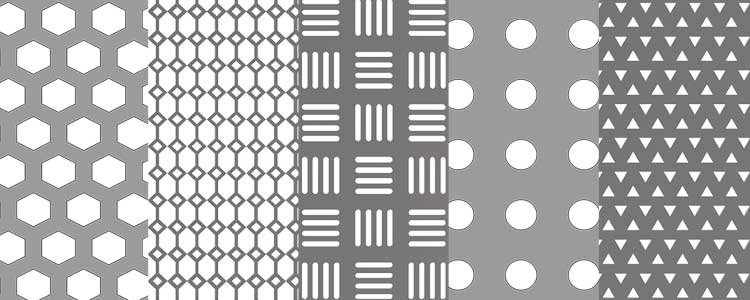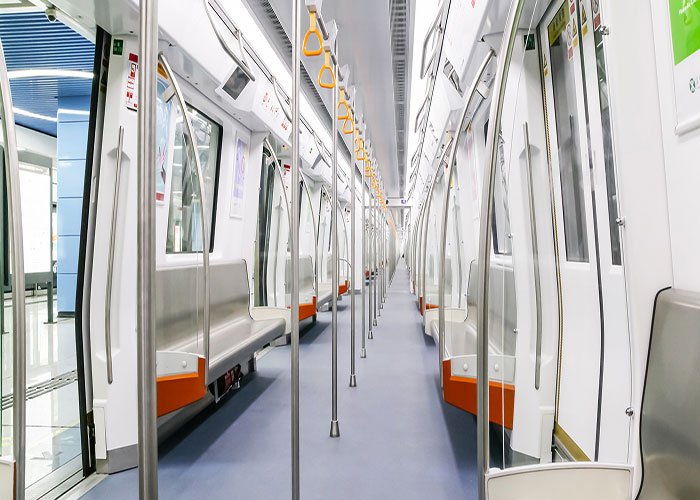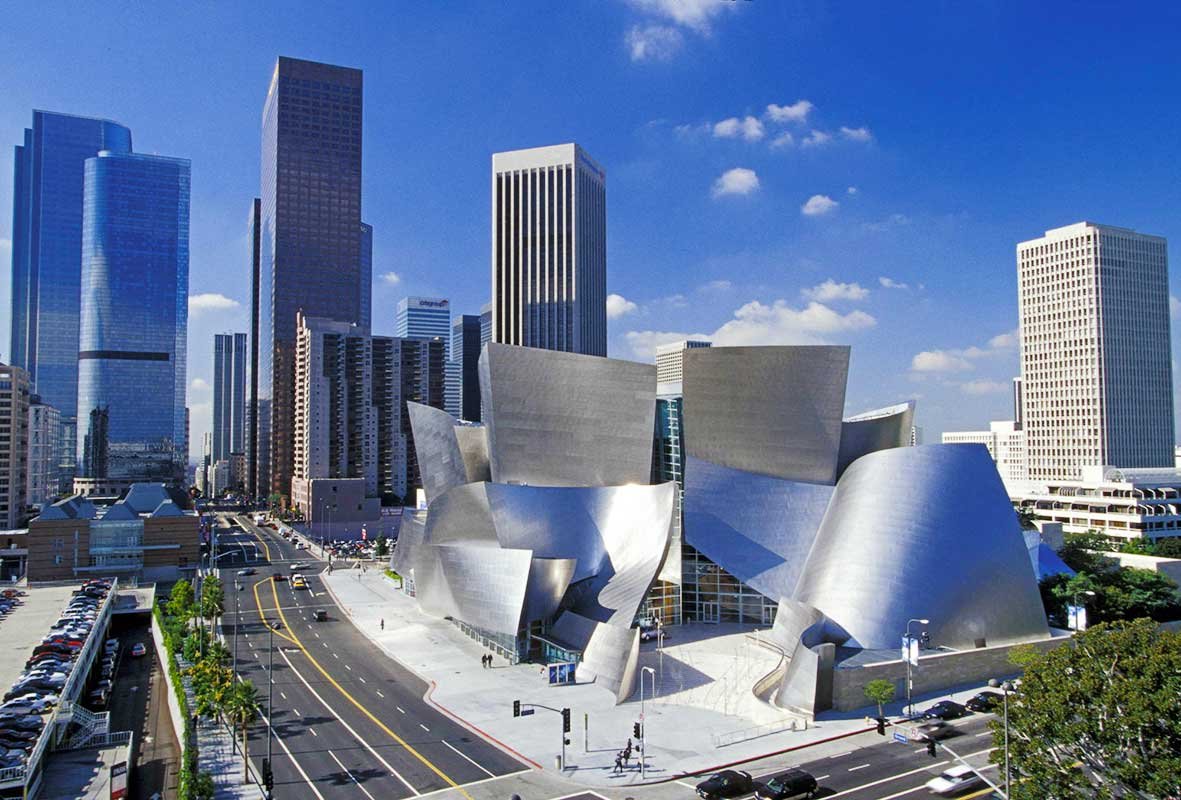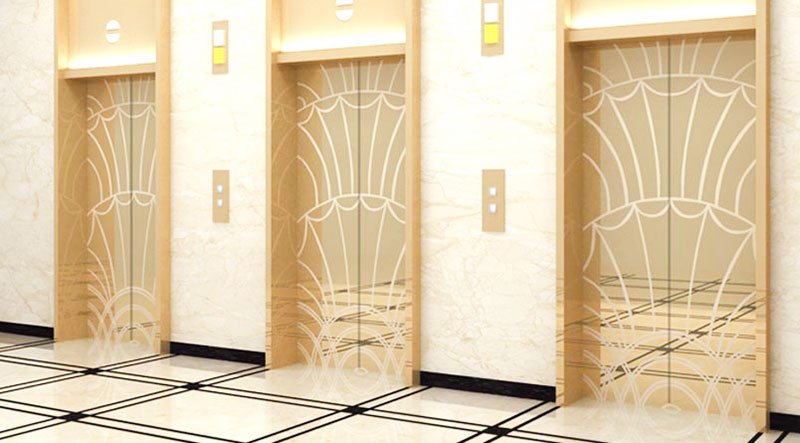Top 5 Applications of Innovative Stainless Steel Manufacturing in Modern Industries
Table of Contents
Have you ever wondered how innovative stainless steel manufacturing is transforming the architectural and construction industries? From sleek office buildings to stunning skyscrapers, stainless steel is becoming an essential material for modern structures. But what specific applications are driving this change?
In this article, we’ll explore the top five applications of stainless steel in architecture, buildings, and offices, revealing how its strength, versatility, and aesthetic appeal are redefining the way we design and construct spaces. Read on to discover how stainless steel is shaping the future of architectural innovation!
How Is Stainless Steel Innovation Shaping Modern Architecture?
Innovative stainless steel manufacturing is significantly elevating architectural designs by offering unmatched strength, versatility, and aesthetic appeal. Modern manufacturing techniques allow stainless steel to be customized with precision, enabling architects to push the boundaries of design.
Whether it’s for building facades, interior elements, or structural supports, stainless steel adds a sleek, modern touch that enhances both the visual and functional aspects of a building. The material’s corrosion resistance ensures longevity, even in challenging environmental conditions, while its malleability allows for intricate designs and unique shapes.
From polished finishes to perforated panels, stainless steel is not just a material but a design element that elevates the architectural landscape, creating bold, innovative structures that stand the test of time.
How Does Innovative Stainless Steel Improve Facade Aesthetics?
The aesthetic benefits of using innovative stainless steel manufacturing in building facades are significant, transforming the exterior of structures into striking, modern works of art. Stainless steel offers a sleek, polished finish that reflects light beautifully, creating a dynamic, ever-changing appearance throughout the day.
Its versatility allows architects to experiment with various textures, including brushed, mirror, or matte finishes, providing endless design possibilities. Additionally, stainless steel can be easily molded into unique shapes and patterns, allowing for the creation of facades that are both functional and visually captivating.
The material’s durability ensures that the facade maintains its stunning appearance for years, even in harsh weather conditions, making it a long-lasting and low-maintenance choice. Whether used in minimalist designs or intricate, perforated patterns, stainless steel enhances the building’s overall aesthetic, giving it a sophisticated, timeless look.
How Do Perforated Stainless Steel Panels Enhance Building Exteriors?
Perforated stainless steel panels play a crucial role in enhancing modern building exteriors by combining both form and function. These panels, with their carefully crafted perforations, allow light to filter through, creating a unique visual effect that changes throughout the day. They can be designed in various patterns and sizes, providing architectural flexibility to complement a building’s overall design.
Additionally, the perforations serve practical purposes, such as improving ventilation and reducing wind load, which helps enhance the building’s energy efficiency. The durability of stainless steel ensures that these panels withstand harsh weather conditions, maintaining their appearance over time.
Whether used for facades, shading systems, or decorative elements, perforated stainless steel panels bring a contemporary and dynamic touch to modern buildings, blending aesthetics with functionality.

Why Are Honeycomb Stainless Panels Ideal for Versatile Applications?
Stainless steel honeycomb panels are ideal for both decorative and functional applications due to their unique combination of strength, lightweight construction, and aesthetic versatility. The honeycomb structure provides exceptional strength while maintaining a reduced weight, making these panels perfect for large-scale applications such as building facades and interior design elements.
The open cell structure enhances the panel’s ability to diffuse light, creating visually interesting patterns and shadows, making it a popular choice for decorative uses.
Functionally, the honeycomb design also offers superior thermal and acoustic insulation, contributing to energy efficiency and noise reduction within a building. The panels’ durable stainless steel composition ensures they can withstand harsh weather conditions and remain corrosion-resistant over time, making them ideal for both exterior and interior applications.
Whether used as decorative cladding, partitions, or ceiling panels, stainless steel honeycomb panels provide a perfect blend of aesthetics, durability, and functionality, making them a popular choice for modern architectural projects.

What Makes Stainless Steel Great for Long-Lasting Building Exteriors?
Stainless steel is an ideal material for creating durable, long-lasting facades due to its exceptional resistance to corrosion, strength, and low maintenance requirements. Unlike other materials, stainless steel maintains its integrity even in harsh environmental conditions, such as extreme temperatures, humidity, and exposure to pollutants.
This corrosion resistance ensures that facades remain pristine and functional over time, without the need for frequent repairs or replacements.
The strength-to-weight ratio of stainless steel allows it to withstand the pressure and wear of urban environments while remaining relatively lightweight. Additionally, its ability to be molded into various shapes and finishes gives architects the flexibility to create innovative, modern designs.
Stainless steel facades also require minimal upkeep (only occasional cleaning) thanks to their resistance to stains and discoloration. This makes it a cost-effective option over the long term, as it reduces the need for ongoing maintenance.
How Does Custom Stainless Steel Help Create Unique Buildings?
Architects are increasingly turning to custom stainless steel solutions to bring unique, innovative designs to life in building projects. Stainless steel’s flexibility and versatility allow architects to push the boundaries of creativity while ensuring structural integrity and performance.
By utilizing advanced manufacturing techniques, architects can customize stainless steel elements to fit the specific needs of a project, whether it’s for intricate facades, custom-designed panels, or sculptural elements.
Custom stainless steel solutions allow for the creation of distinctive architectural features such as curved facades, perforated panels, and 3D textures that add depth and character to a building’s exterior. The material can also be tailored in various finishes, from polished to matte, providing a wide range of aesthetic possibilities.
Moreover, the ability to incorporate sustainable features like energy-efficient panels or solar-integrated designs is increasingly important in modern architecture, making stainless steel a key component in green building projects.
What Are the New Trends in Stainless Steel for Architecture?
The latest trends in stainless steel manufacturing for architectural applications are driving innovation in building design and construction. One prominent trend is the increasing use of sustainable and eco-friendly stainless steel. With a growing demand for green buildings, architects are selecting materials that offer both durability and recyclability. Stainless steel’s high recyclability and long lifespan make it an ideal choice for eco-conscious designs.
Another key trend is the rise of customized stainless steel solutions, allowing architects to push the boundaries of design with unique textures, patterns, and finishes. From perforated panels to laser-cut designs, architects are using advanced manufacturing techniques to create bespoke elements that enhance the aesthetic appeal of buildings while improving functionality.
3D stainless steel designs are also gaining popularity, offering dynamic facades and artistic features that change with the lighting and angle of view.
Furthermore, the integration of smart technologies into stainless steel elements is becoming more common. These innovations include solar-integrated stainless steel facades that can generate energy or panels with responsive coatings that adjust to environmental conditions, helping buildings maintain energy efficiency.
Finally, there is a focus on lightweight stainless steel materials, which are being used to reduce the overall weight of structures without compromising strength or durability. This makes stainless steel ideal for high-rise buildings and other large-scale projects, where material weight and performance are critical considerations.
How Is Stainless Steel Shaping the Future of Urban Design?
Stainless steel innovations are playing a pivotal role in shaping the future of urban and commercial design by offering advanced solutions that meet both aesthetic and functional demands. One of the key ways innovations in stainless steel are driving the future is through the development of sustainable building materials.
Architects are increasingly turning to stainless steel because of its recyclability and durability, which align with growing global demands for environmentally responsible construction. The use of recycled stainless steel not only reduces the environmental footprint of a building but also enhances the building’s sustainability over time.
Innovative manufacturing techniques, such as laser-cutting and 3D design capabilities, allow for unprecedented customization in building facades, interiors, and structural elements. These advancements enable designers to create intricate, custom patterns and textures, offering endless design possibilities that can dramatically enhance the visual appeal of urban spaces.
Stainless steel’s ability to be molded into complex shapes with precision also enables the creation of dynamic and futuristic building exteriors, which reflect modern design trends.

Conclusion
Stainless steel innovations are transforming the future of urban and commercial design by offering sustainable, customizable, and high-performance solutions. From eco-friendly materials to advanced manufacturing techniques, stainless steel continues to push the boundaries of modern architecture, enabling the creation of aesthetically striking and functionally efficient buildings.
As the demand for sustainable and cutting-edge designs grows, stainless steel will undoubtedly remain a pivotal material in shaping the skyline of the future.
If you’re looking to incorporate innovative stainless steel solutions into your next project, contact JYF Metal today to get a quote and explore how our products can elevate your architectural designs.
You Might Also Like
Please Share This
Recent Posts
- Reinventing Urban Barriers with Stainless Steel Traffic Bollards
- Stainless Steel Road Bollards for Modern Urban Spaces
- Enhancing Urban Safety and Design with Stainless Steel Road Bollards
- Outdoor Privacy Panels: Transforming Outdoor Spaces with Style and Function
- Laser Cut Metal Screen: Redefining Modern Space with Precision and Style




